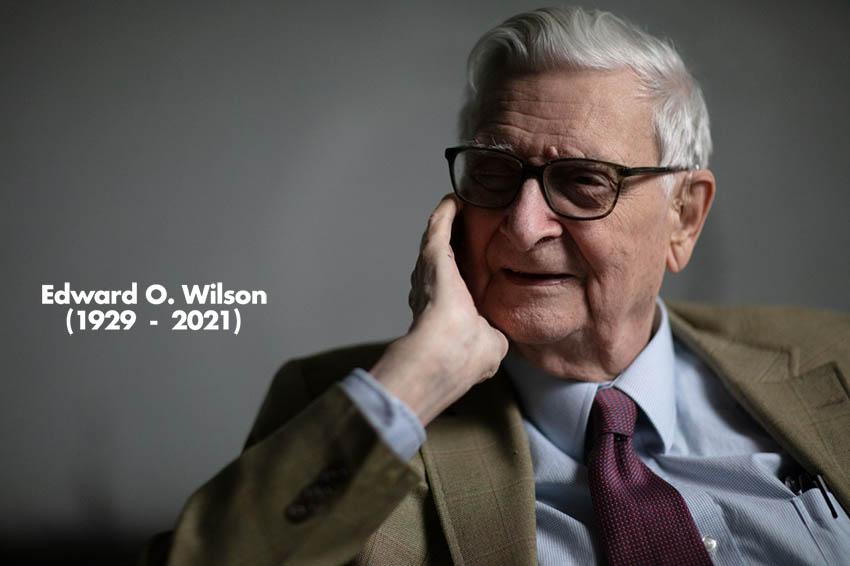Ecocentricity Blog: In Memoriam: E.O. Wilson
By: John A. Lanier

Ecocentricity Blog: In Memoriam: E.O. Wilson
Dang it, 2021 didn’t go out quietly. For a year filled with so much uncertainty and so many global challenges, it would have been nice for the last week to spare us more heartache. Alas, it was not meant to be, as our country lost multiple beloved people in the dying days of the year.
Perhaps most noteworthy was Betty White, who closed her eyes for the final time on December 31st. Her career in television and film spanned seven decades! She was an icon whose mark on the entertainment industry will be forever felt. And for fans of football, the loss of John Madden on December 28th was a punch in the gut. The man has the second highest win percentage of NFL head coaches all-time, and his decades of colorful commentary made him a household name for any fans of an NFL team.
But the loss that resonated most with me was E.O. Wilson’s passing on December 26th. While less universally known than Betty White and John Madden, Wilson was just as influential in his field. He is one of the most accomplished biologists and naturalists of the past century, authoring dozens of books and essentially creating the field of sociobiology. He leveraged his career as a Harvard professor to advocate for more responsible environmental practices, particularly those that would address the critical threat of biodiversity loss. He was a titan for the environmental movement, and his legacy will live on through the E.O. Wilson Biodiversity Foundation (who published a lovely obituary here).
With his passing though, it offers the perfect opportunity to lift up one of the most important initiatives with which he was associated - the Half-Earth Project. The primary concept behind the initiative is that our species should preserve half of the sea and land on Earth to ensure sufficient habitat for the majority of biodiversity on the planet. This idea is based on E.O. Wilson’s and others’ research into the impact on species richness as habitat is destroyed. Simply put, our fellow residents of planet Earth need a heck of a lot of space to live the way they have evolved to do so. It is to humanity’s folly if we try to convert every square inch of this world to human purposes.
The Half-Earth Project is deeply rooted in research, represented best by the stunningly beautiful mapping work they have created. If you click that link, you’ll see a globe with colored regions showing high-priority conservation regions. But then play around with it some. The menu to the left lets you toggle for various other biodiversity data sets, including species richness (how many species live within a site) and rarity (how unique individual species are in a region). If you select the richness toggle for instance, you’ll get to see the Amazon light up like a Christmas tree.
Two other menus on the left are critically important as well. One shows currently-protected regions, and though we have a long way to go, I’m heartened to see so much conservation work already in place. The other shows human pressures on the earth, from urbanization to irrigation to commercial fishing. If you toggle all of those pressures on, the map turns quite a bit more daunting. We impact so many regions on this planet!
It’s a remarkable tool, and I hope you spend some good time with it. Take a look at our global impacts, but then zoom into specific regions that interest you. What does your home region look like? What about some of your favorite vacation destinations? I’m guessing this map will be the best visual representation you’ll see as to why conservation is so important in the places that you love.
To E.O. Wilson - thank you for your life’s work and your clarity of vision that we must learn to share this planet with our brother and sister species. And to you all - I wish you a Happy New Year that is full of joy and good health!
This blog is available weekly via email subscription. Click here to subscribe.Ecocentricity Blog: And the Award Goes To...

